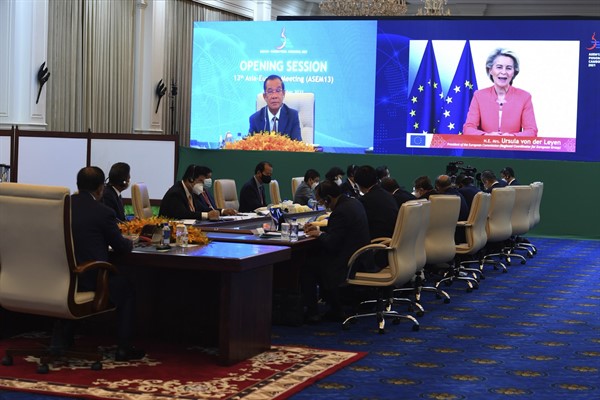Early last December, the European Union unveiled its Global Gateway, a plan to spend up to 300 billion euros, or $340 billion, over the next six years financing major infrastructure projects around the world, particularly those to develop clean energy and combat climate change. Although the Global Gateway does not have an explicit focus in terms of specific countries, it prioritizes developing regions such as Southeast Asia.
The investment plan is just the latest expression of Europe’s heightened interest in Southeast Asia and the Indo-Pacific region more generally. In the past year, several European countries have released Indo-Pacific strategy white papers, while the first official European Parliament delegation visited Taiwan.
Clearly Europe has its eye on the Indo-Pacific. But what impact will this newfound attention actually have on Southeast Asia?

